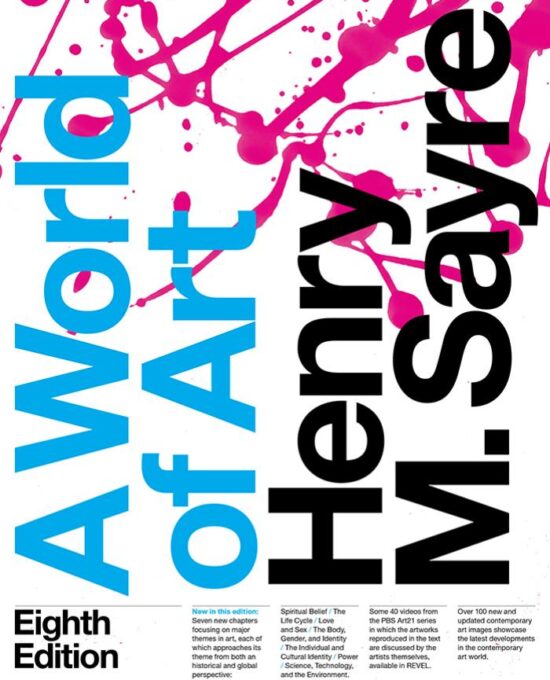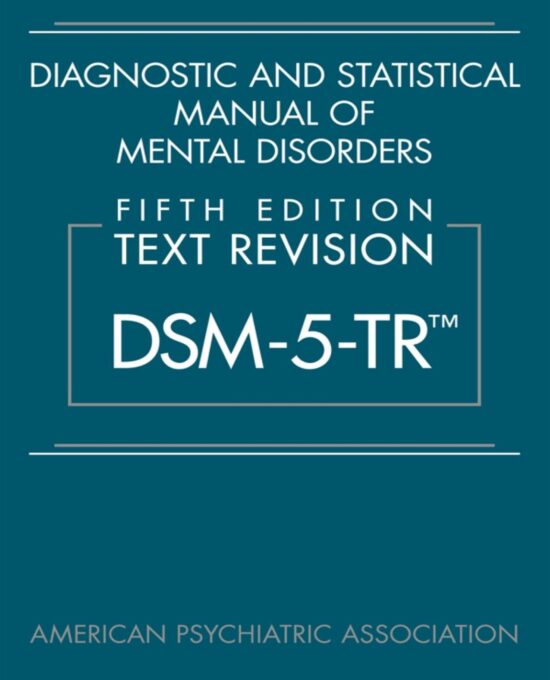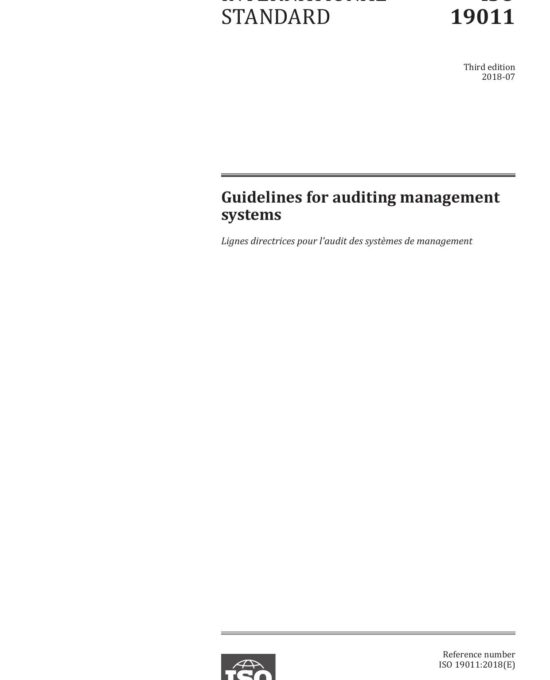A World of Art – 8th Edition by Henry M. Sayre (Pearson, 2015)
A World of Art (8th Edition) by Henry M. Sayre is a bestselling art appreciation textbook that introduces readers to visual culture through a global lens. This full-color edition presents more than 700 artworks across time periods and styles, using accessible language to promote critical thinking and creative exploration.
Highlights:
- Comprehensive survey of global art, past and present
- Over 700 high-quality images, including classical, modern, and contemporary works
- Thematic chapters on identity, spirituality, power, and life cycles
- Visual analysis tools and creative process walkthroughs
- Student-friendly layout with guided questions and definitions
- Ideal for college-level Art Appreciation, Humanities, and Visual Culture courses
- Supports visual literacy, cultural awareness, and analytical skills
Who It’s For:
Students, educators, and institutions seeking a well-structured, engaging resource for introductory art courses. Also suitable for general readers interested in understanding how art reflects and shapes human experience.
A World of Art – 8th Edition by Henry M. Sayre (Pearson, 2015)
A World of Art (8th Edition) by Henry M. Sayre is a bestselling art appreciation textbook that introduces readers to visual culture through a global lens. This full-color edition presents more than 700 artworks across time periods and styles, using accessible language to promote critical thinking and creative exploration.
Highlights:
- Comprehensive survey of global art, past and present
- Over 700 high-quality images, including classical, modern, and contemporary works
- Thematic chapters on identity, spirituality, power, and life cycles
- Visual analysis tools and creative process walkthroughs
- Student-friendly layout with guided questions and definitions
- Ideal for college-level Art Appreciation, Humanities, and Visual Culture courses
- Supports visual literacy, cultural awareness, and analytical skills
Who It’s For:
Students, educators, and institutions seeking a well-structured, engaging resource for introductory art courses. Also suitable for general readers interested in understanding how art reflects and shapes human experience.
DSM-5-TR – Diagnostic and Statistical Manual of Mental Disorders, Fifth Edition, Text Revision, 2022
DSM-5-TR – Diagnostic and Statistical Manual of Mental Disorders, Fifth Edition, Text Revision (2022) is the updated reference standard for diagnosing and classifying mental disorders. Published by the American Psychiatric Association, this edition builds on DSM-5 with updated diagnostic criteria, terminology, and clinical insights, reflecting advances in psychiatric research and cultural understanding.
Highlights:
- Includes the new diagnosis of Prolonged Grief Disorder
- Updates to diagnostic criteria for over 70 mental health conditions
- Expanded text on prevalence, development, risk factors, comorbidity, and culture-related issues
- New ICD-10-CM codes for suicidal behavior and nonsuicidal self-injury
- Literature citations updated to reflect the most current clinical research
- Reviewed by the Ethnoracial Equity and Inclusion Work Group to enhance cultural relevance
- Supports accurate diagnosis, treatment planning, and medical coding compliance
Who It's For:
Psychiatrists, psychologists, clinical social workers, counselors, educators, researchers, and healthcare professionals involved in the assessment, treatment, and study of mental disorders.
DSM-5-TR
DSM-5-TR – Diagnostic and Statistical Manual of Mental Disorders, Fifth Edition, Text Revision, 2022
DSM-5-TR – Diagnostic and Statistical Manual of Mental Disorders, Fifth Edition, Text Revision (2022) is the updated reference standard for diagnosing and classifying mental disorders. Published by the American Psychiatric Association, this edition builds on DSM-5 with updated diagnostic criteria, terminology, and clinical insights, reflecting advances in psychiatric research and cultural understanding.
Highlights:
- Includes the new diagnosis of Prolonged Grief Disorder
- Updates to diagnostic criteria for over 70 mental health conditions
- Expanded text on prevalence, development, risk factors, comorbidity, and culture-related issues
- New ICD-10-CM codes for suicidal behavior and nonsuicidal self-injury
- Literature citations updated to reflect the most current clinical research
- Reviewed by the Ethnoracial Equity and Inclusion Work Group to enhance cultural relevance
- Supports accurate diagnosis, treatment planning, and medical coding compliance
Who It's For:
Psychiatrists, psychologists, clinical social workers, counselors, educators, researchers, and healthcare professionals involved in the assessment, treatment, and study of mental disorders.
DSM-5-TR
ISO 19011:2018 – Guidelines for Auditing Management Systems, 2018
ISO 19011:2018 – Guidelines for Auditing Management Systems provides internationally recognized guidance for conducting internal and external audits of management systems. Applicable across all sectors, this standard is designed for organizations managing audit programs or seeking conformity with standards like ISO 9001, ISO 14001, ISO 45001, and others.
Highlights:
- Introduces risk-based thinking as a core auditing principle
- Expanded guidance for managing audit programs and evaluating risks and opportunities
- Supports remote and virtual auditing methods
- Clarifies auditor competence, including behavior and system-specific knowledge
- Shifts terminology to emphasize processes over objects or systems
- Annex A offers detailed insights on context, leadership, compliance, and supply chain audits
Who It’s For:
Audit program managers, internal and external auditors, and quality professionals working with integrated management systems across industries.
ISO 19011:2018
ISO 19011:2018 – Guidelines for Auditing Management Systems, 2018
ISO 19011:2018 – Guidelines for Auditing Management Systems provides internationally recognized guidance for conducting internal and external audits of management systems. Applicable across all sectors, this standard is designed for organizations managing audit programs or seeking conformity with standards like ISO 9001, ISO 14001, ISO 45001, and others.
Highlights:
- Introduces risk-based thinking as a core auditing principle
- Expanded guidance for managing audit programs and evaluating risks and opportunities
- Supports remote and virtual auditing methods
- Clarifies auditor competence, including behavior and system-specific knowledge
- Shifts terminology to emphasize processes over objects or systems
- Annex A offers detailed insights on context, leadership, compliance, and supply chain audits
Who It’s For:
Audit program managers, internal and external auditors, and quality professionals working with integrated management systems across industries.
ISO 19011:2018


